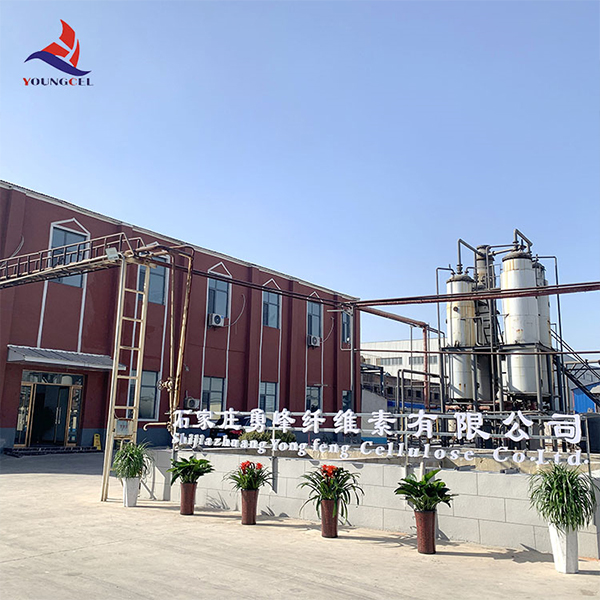Understanding Adhesive for Wall Applications
In the world of construction and interior design, the importance of a reliable adhesive cannot be overstated. Adhesives serve as the backbone for a myriad of applications, particularly when it comes to wall installations. From hanging decorative items to mounting tiles and fixing panels, choosing the right adhesive for wall applications is crucial for ensuring durability and aesthetics. This article delves into the various types of adhesives designed for wall use, their benefits, and key considerations when selecting the right one for your project.
Types of Adhesives for Wall Applications
1. PVA (Polyvinyl Acetate) Adhesives Commonly known as white glue or school glue, PVA adhesives are water-based and non-toxic, making them a popular choice for lightweight wall applications. They work best for porous substrates, such as wood and paper. PVA is ideal for crafts and small home improvement projects but may not hold up well under high humidity or moisture conditions.
2. Construction Adhesives These are heavy-duty adhesives designed for permanent bonding of heavy materials like wood, tile, and drywall. Formulated to withstand varying environmental conditions, construction adhesives provide a robust solution for mounting items on walls that require significant strength, such as shelves or cabinetry.
3. Contact Adhesives Often used for laminates and veneers, contact adhesives bond quickly upon contact. They allow for immediate adhesion without clamping, making them an excellent choice for projects such as covering surfaces with wallpaper or decorative panels. However, they may require precise alignment during application since adjustments are challenging once the surfaces adhere.
4. Epoxy Adhesives Known for their exceptional strength and durability, epoxy adhesives are ideal for heavy-duty applications where high structural integrity is required. They consist of a resin and a hardener, which, when mixed, create a tough bond suitable for concrete and masonry installations. Epoxy adhesives are also water-resistant, making them suitable for areas exposed to moisture.
5. Foam Adhesives These adhesives are expanding foam products that create a strong bond while filling gaps and voids in surfaces. Foam adhesives are particularly useful for lightweight materials and provide excellent insulation properties. They are often used in the installation of drywall and other panels.
Benefits of Using the Right Adhesive
Selecting the appropriate adhesive for wall applications greatly impacts the longevity and quality of the installation. Here are some benefits of using the right type of adhesive
- Durability The right adhesive ensures that installed items remain securely in place for an extended period. This is particularly crucial in high-traffic areas or when hanging heavier items.
adhesive for wall

- Aesthetic Appeal Using an adhesive that bonds without the need for visible fasteners (like screws or nails) can significantly enhance the visual appeal of your space by providing a clean and streamlined look.
- Versatility Many adhesives can bond dissimilar materials, allowing for creative freedom in design and installation. For instance, a good construction adhesive can bond wood to metal surfaces effectively.
- Weather Resistance Certain adhesives are formulated to withstand extreme conditions, making them ideal for outdoor applications or areas prone to moisture, such as bathrooms and kitchens.
Factors to Consider When Choosing an Adhesive
When selecting an adhesive for your wall project, consider the following factors
- Material Compatibility Ensure the adhesive is compatible with the materials you are bonding. Different materials require different adhesive properties.
- Environmental Conditions Consider where the adhesive will be used. For example, moisture-resistant adhesives are essential for wet areas, while certain adhesives may not perform well in extreme temperatures.
- Setting Time Depending on the project, you may need an adhesive with a fast-setting time or one that allows for adjustments during installation.
- Ease of Application Some adhesives require specific tools for application, while others are user-friendly and can be applied with a simple caulk gun.
Conclusion
Choosing the right adhesive for wall applications is an essential step in any construction or renovation project. By understanding the different types of adhesives available and considering factors like material compatibility and environmental conditions, you can ensure a successful and durable installation. Whether you are a DIY enthusiast or a professional contractor, investing time in selecting the appropriate adhesive will pay off in the longevity and appearance of your walls.
-
A Comprehensive Guide to Methyl Ethyl Hydroxyethyl Cellulose: Applications and Industry InsightsNewsNov.24,2025
-
Understanding Methyl 2 Hydroxyethyl Cellulose: Uses, Benefits & Industry InsightsNewsNov.24,2025
-
Hydroxyethyl Methyl Cellulose HEMC: Industrial Uses, Benefits & Future TrendsNewsNov.23,2025
-
HEMC Cellulose: Versatile & Sustainable Industrial Polymer | YoungcelNewsNov.23,2025
-
Methyl Hydroxyethyl Cellulose: Versatile Building Block for Industry & SustainabilityNewsNov.23,2025
-
CAS 9032 42 2: Understanding Polyvinyl Alcohol's Impact on Industry & SustainabilityNewsNov.22,2025




